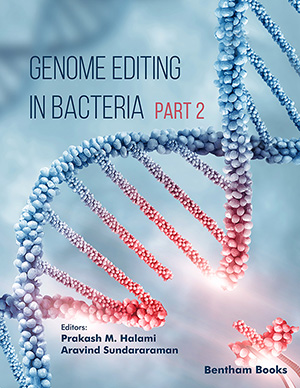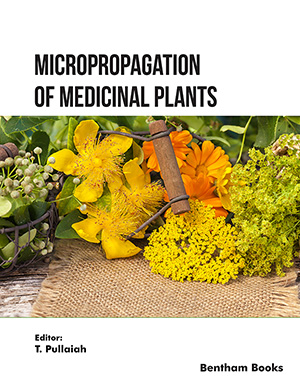Abstract
The role of C-reactive protein (CRP) as a mediator of atherogenesis/atherothrombosis, and, thus, as a potential therapeutic target to fight cardiovascular disease (CVD) is still elusive. In this review, we focus on CRP as a potential mediator of CVD analysing CRP signalling data derived from relevant in vitro and animal models related to inflammation, endothelial dysfunction, primary, and secondary haemostasis, all representing pathophysiological events of recognised importance in CVD. If in vitro studies appear to make a strong case of CRP as a proatherogenic/ prothrombotic molecule through nuclear factor-kappa B (NFκB) and peroxisome proliferator-activated receptor gamma (PPARγ) pathways, animal studies as well as human mendelian randomisation studies do not corroborate those in vitro observations. Several explanations might account for this discrepancy, but CRP contamination with biologically active compounds, such as bacterial compounds or sodium azide, remains an important potential confounding factor. Therefore, knowing whether CRP is a mediator of atherogenesis and CVD or just an innocent bystander reflecting the degree of unspecific systemic inflammation will most likely remain debated until the completion of clinical randomised controlled trials using selective inhibitors of CRP. This in turn prompts questions about whether CRPreducing agents will prevent atherogenesis-related complication in humans.
Keywords: C-reactive protein, atherosclerosis, signaling pathways, cardiovascular disease, inflammation




























